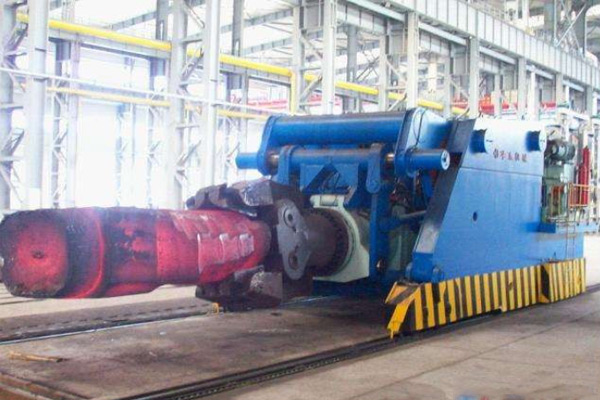What is the effect of thick rubbing on forging process?
Friction in forging is the friction between two metals of different composition and properties (alloys), between soft metal (workpiece) and hard metal (die). In the case of no lubrication, is the contact friction of two kinds of metal surface oxide film; Under the lubrication condition, the contact friction between the oxide film on the two metal surfaces and the lubricating medium respectively, and the friction between the surface of the inner layer of the workpiece, which has not yet been oxidized and has a great adsorption force, and the friction between the lubricating medium and the surface of the die and the actual friction (contact) area is increasing.
Due to the friction characteristics between the blank and the die contact surface in the forging process, the following results will result:
(1) Deformation force increases by 10% due to friction, and energy consumption increases accordingly;
(2) friction leads to uneven deformation of forgings, so that the internal grain structure and performance is not uniform, and the surface quality decreases;
(3) friction leads to the reduction of the geometric shape and dimensional accuracy of forgings, which leads to the scrap of forgings when the forgings are seriously unfilled;
(4) friction leads to aggravated wear of the die and shortens its life;
(5) Increasing the local friction resistance of the cavity can make the cavity that is difficult to fill fill metal smoothly and reduce the reject rate.
It can be seen that friction is a double-edged sword in the forging production, which has both advantages and disadvantages. Therefore, the friction in the forging process must be strictly controlled to ensure the normal forging process.
